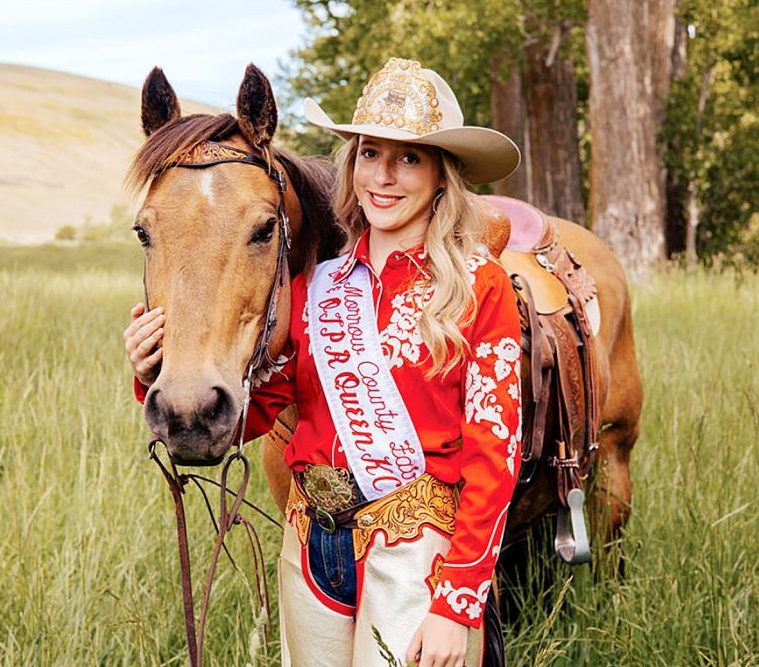Special needs resources are available across the region
Published 5:00 pm Thursday, October 31, 2024

- 1349490076
Searching for disability and special needs resources can feel overwhelming, but the results are worth it. Winnie Burnett knows the process from the ground up. In Pendleton, Burnett coordinates Special Needs Families Connect, a monthly peer support group that serves as a “place for questions, problem solving, and support in a safe environment surrounded by families with lived experience.”
People are often overcome by having so much to process, she says. “You’ve been dealing with these symptoms and behaviors, the reason you’ve got the disability diagnosis, and now all of a sudden you’re being rejected by the normal progress of things and it is overwhelming.”
Trending
For family members just starting the process of finding services, Burnett first recommends meeting with other families in peer support groups. “I would start with something like the support group because it’s more personal and you can find parents who’ve been through it. You realize you’re not alone,” she says. “People have been there and come out the other side. It isn’t easy, but we’ve done it.”
In Hermiston, the peer support group KoffeeKlatsch is run by Cindy Middleton. “The most important thing when looking for resources is to cast a wide net, don’t give up on your searches, and look for resources outside of a single diagnosis,” Middleton offers.
Other parents can answer questions and suggest a clear path forward. Families will need to contact the county-designated organization to sign up for many services. Each county handles resources slightly differently. In Hermiston, for example, programs are handled through the Umatilla County Community Developmental Disabilities Program, while Union County services go through the Center for Human Development Inc., in La Grande.
Families should also connect with their child’s school for services. For most public schools in Eastern Oregon, school support services will go through InterMountain ESD, but a direct connection with the child’s school can build relationships and help tailor the student’s Individualized Education Plan (IEP). An IEP can include everything from adapted curriculum and speech therapy, to extra time on tests and modified classroom routes.
In Umatilla County, families may also connect with CARE, a collaborative created to help at-risk children with multiple issues by offering them a “no wrong door” approach. CARE coordinators will meet with families to identify services, support and direction in assessing a child’s needs.
Although working with county services and educational programs are big steps, they do not have to be the only one. “In Oregon we benefit from two great places for families to get parent training and information: OFSN and FACT Oregon,” says Cindy Middleton.
Trending
Both OFSN — Oregon Family Support Network — and FACT Oregon are free statewide programs designed to help families of those with special needs. OFSN works to promote mental, behavioral and emotional wellness for families and youth through education, support, and advocacy. FACT Oregon offers peer support, trainings and resources to help navigate disability and special education.
FACT also offers on-demand virtual trainings on topics like IEPs, behavior, and transition. “It is so important to read, listen, attend the trainings, spend the time with the recommended suggestions and follow through,” Middleton says. “Someone else cannot learn and do the things for you that will benefit your child and your family. That is part of parenting, disabilities involved or not.”









